Open Letter to Citymakers: 10 Key Implications of COVID-19
Last weekend, the New Cities Foundation - where I’m a Placemaking Fellow - asked me to contribute my thoughts regarding the role of placemaking and the public realm in light of Covid19 and the calls for social distancing. I was honored and also relieved to have such a wonderful outlet to finally put pen to paper and make concrete the many thoughts I’ve had about this very topic since leaving Shanghai (my adopted home) two months ago…
So I present to you the intro to the piece I wrote for them, and a link to the full article below! Would love your thoughts - please feel free to comment here, or tweet me at @cityfoodlover or @stateofplace! In the meantime, please stay safe, healthy - and sane!
“On January 21st, I traveled from Shanghai, my adopted home, via a one-day layover in Los Angeles, on my way to spend several weeks in Boston for some non-critical medical treatments. The next day, the first case of Coronavirus hit Shanghai. Four days later, my husband, who owns an import-export business joined me in the Boston burbs, where we’ve been in a sort of pandemic exile since.
As the virus spread through Wuhan, Shanghai, and the rest of China, we followed the news incessantly and got daily updates from our Shanghai friends about how this then-epidemic was taking hold of our beloved city. A city normally bustling with near endless numbers of pedestrians and bicyclists, people waiting for their daily “jianbing” (the delicious equivalent of a Chinese breakfast burrito), delivery scooters whipping by, little old ladies dancing in public squares (both official and make-shift), and restaurants and bars buzzing was, in effect, deserted. Our friends shared pictures of dead public spaces, abandoned streets, shuttered stores, empty subways. We were shocked, saddened, mystified as to what would come next.
The only constant was fluidity and a never-ending wheel turning inside my head about what this might mean for public spaces, public life, placemaking, urban design, now, and moving forward. What would my role – as an urban design researcher, professor, and entrepreneur – mean, require, demand of me right now? But these thoughts never quite amounted to more than a rambling, incoherent mess of not-quite concrete ideas in my head – nevermind got inked. But today, after nearly two-months of thinking, processing, and now witnessing how this public space plague has sadly arrived on US shores in full force, I’m finally ready to put pen to paper and share with you my still-preliminary answers to these questions…
First, to answer these questions, all of us citymakers must examine how and why we embarked on our collective journeys to help make better places…
For me, before I knew urban design was a thing, I was torn between two seemingly unrelated disciplines – psychology and architecture. I loved helping people and I was obsessed with cities – the good, the bad, and the ugly. While the links between my “dueling” passions are obvious now, it took me a while to figure out that I was destined to devote my life to fixing places as a vehicle (pardon the term!) by which to – well – fix people. I ultimately found my way to the field of environmental psychology, and obtained a PhD in Urban Planning with a focus on urban design and behavior – a link that’s ever pertinent in light of this crisis.
Fast forward two+ decades, and I – we – again find ourselves facing a seemingly insurmountable conundrum in the light of this unprecedented pandemic: if our job is to make cities “people-magnets” and yet there is now a near-universal call (that must be heeded) to avoid places that are indeed magnets for people, what is our purpose now?
It wasn’t until NYU (where I’m a research professor and where I’m currently teaching an online course) decided to move to 100% remote instruction one week ago that the ramifications of the virus on public spaces became personally unavoidable.
The course, entitled the Value of Urban Design, which I’ve taught since 2008, is centered around the relationship between the built environment and behavior – and how that creates value, across multiple dimensions – and this semester, I began teaching it online. While I was all set on the online front, the class’ marque project (around which all class assignments and final paper is centered around) – a classic William Whyte-esq in-person, environment-behavior observation study – was now a no-go. I would not require my students to go observe public spaces during a pandemic, plus, there wasn’t going to be much to observe…But that’s where we all are right now. Our public spaces are barren. Our streets are deserted. And the fact that pictures of empty places are being virally shared across the world is a global tell that we are all collectively mourning the loss of public life. The public realm is yet another victim of this pandemic. And we are all living casualties suffering at the hands of this loss. The only evidence you need of this is the spontaneous performances of singers and musicians erupting out of Italian balconies much to the delight of otherwise weary quarantined audiences. People crave other people and they need places to gather. It is part of the human condition, and yet, so too apparently, are pandemics. So here’s how I think we should regroup, rethink, retool, and rebuild per our roles as citymakers – as those whose job, and purpose, it is to spark joy by creating places people love…not just despite global crises, in spite of them…
